Life in transit
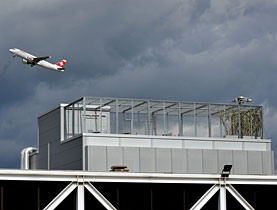
They roam Geneva airport transit area admiring the luxury watch adverts or just watching the world go by, but where others wait a few hours, they stay up to 60 days.
“They” are the asylum seekers who arrive in Switzerland by plane in search of a new life. swissinfo.ch visited their temporary home – the new Schengen-compliant reception centre for asylum seekers at Geneva airport.
Léonie* sat huddled up on the bottom bunk looking slightly anxious as the group of strangers bounded into her dormitory.
“This is the ladies – with a capacity of ten beds,” Jean-Pierre Chaudet, the senior police officer in charge of Geneva airport’s asylum and repatriation service, told the horde of journalists.
She was the only female occupant – one of four asylum seekers that day – at the new centre, which can accommodate 33 people and has been operational since May 2009.
The modern wing was built partly as a result of Switzerland joining the European Union’s Schengen Area in December 2008 which brought changes to Swiss asylum law.
Under the Schengen agreement, air passengers no longer have to show their passports when flying between Switzerland and other countries belonging to the Schengen area, which now consists of 25 states. Systematic checks are only carried out on travellers leaving or entering the Schengen area.
At Geneva airport Schengen and non-Schengen flows of passengers had to be separated, and the old reception centre, which was based in the Schengen zone, had to be moved.
Furthermore, since January 2008, under the new asylum law asylum seekers can now be held at Geneva and Zurich airports for up to 60 days instead of 20 previously, so that applications can be fully processed on the spot to take the pressure off regional asylum centres.
Old “detention” facility
But the new Geneva centre is also intended to replace the previous one, which was regularly criticised by non-governmental organizations and the United Nations High Commissioner for Refugees (UNHCR) as being like a detention facility.
The old reception centre had dormitories with no daylight which were located in the basement of a civil protection building, the food was poor and the inmates had limited access to fresh air and to stretch their legs outside.
The brand-new centre has separate sleeping rooms – 20 beds for men and ten for women and a room for minors or couples – which are more spacious and have soundproof but locked windows. There is also a modern bathroom and a kitchen with washing machines.
And from a caged terrace it is possible to watch aeroplanes taking off against the backdrop of the Jura mountains.
“Unquestionable improvement”
“I think the new facilities are very good. Now they are more autonomous and have a kitchen, and daylight makes a difference. There is more room and the premises are better adapted to a medium-term stay,” said Alexandra van Lanschot, whose job is to look after asylum seekers at the new centre on behalf of the Federal Migration Office.
“Compared with what they are used to, for some of the immigrants arriving here this is like a four-star hotel – three meals a day and a shower,” said Chaudet.
Michel Ottet, an official working for the Elisa association, which provides legal aid to asylum seekers at Geneva airport, said there had been an “unquestionable” improvement in material conditions.
“But this is an enormously expensive infrastructure for only 2-3 per cent of all asylum applications across Switzerland,” he said. “The Swiss are so keen to send people back home or elsewhere as fast as possible, that they’ve set up this big facility.”
Asylum applications in Switzerland were up more than 40 per cent for the first half of 2009 compared with the same time last year, according to the migration office. In total 8,392 people sought asylum during the first six months.
Some 17,000 are expected for 2009, it claims. This compares with 16,606 asylum applications filed in 2008, up by 53 per cent.
Drop in airport applicants
From January to July this year some 64 people arriving at Geneva airport applied for asylum. This compares with 42 in 2006, 140 in 2007 and 208 in 2008.
The drop in new applicants this year could be due to several different factors, said Rolf Götschmann, head of asylum procedures at Geneva and Zurich airports.
“I think the introduction of Schengen plays a role, maybe also the economic crisis, as people arrive by plane which is expensive, and the traffickers may have taken another route. But these are just suspicions,” he said.
“Before Schengen traffickers used Switzerland as a way of entering Europe as we didn’t ask the same criteria to enter as other EU countries. We were not subject to the Schengen visa. So lots of networks set up here and took advantage of this way of entering and then redirected people to other countries. This is no longer the case, it’s a lot fewer,” confirmed Captain Bertrand Campeol.
Anxious wait
When asylum seekers arrive they are generally quite tired after a long flight but often surprised by the conditions: the fact that they have to stay up to 60 days here, said van Lanschot.
But Götschmann defended the measure.
“I always hear people say that a stay of 60 days is cruel, but in most cases the procedure is finished within 30-35 days,” he said.
While waiting anxiously for a decision, their days are generally structured by the mealtimes.
“They get bored as the days are long and there is not much to do,” said van Lanschot. “We do our best to occupy them, but as we are in an airport our activities are limited. We talk to them, play games, give them French lessons or cook with them.”
Another direct consequence of Schengen is a much-reduced transit area where the asylum seekers can move around: a couple of shops and a cafe next to the reception centre, where they can spend their SFr3-a-day allowance.
Most of the people currently seeking asylum at Geneva airport come from Sri Lanka, Nigeria, Ivory Coast and India.
*not her real name
Simon Bradley at Geneva airport, swissinfo.ch
Asylum applications in Switzerland were up more than 40 per cent for the first half of 2009 compared to the same time last year, according to the Federal Migration Office. In total 8,392 people sought asylum during the first six months.
Some 17,000 are expected for 2009. This compares with 16,606 asylum applications filed in 2008, up by 53 per cent on the previous year.
From December 12, 2008 to July 2009, Switzerland requested 2,497 asylum cases be passed on to other European countries as part of the Dublin Accord. In return, Switzerland has accepted 169 asylum cases so far from other member states.
In September 2006 two-thirds of voters backed new laws on immigration and asylum, which the government said were necessary to make Switzerland less attractive and to curb abuses. It was the ninth time since 1984 that Switzerland’s asylum law had been amended.
Under the new asylum law, those who fail to produce valid travel and identification documents within 48 hours can be rejected.
Asylum seekers who refuse to leave the country could be detained for up to two years pending deportation. Minors could also be detained for up to one year.
They also lose the right to social security benefits and receive emergency aid of SFr960 ($805) a month.

In compliance with the JTI standards
More: SWI swissinfo.ch certified by the Journalism Trust Initiative

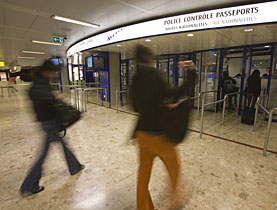
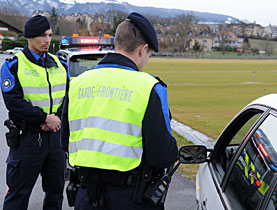
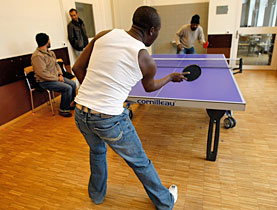
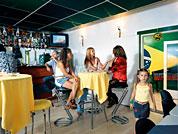

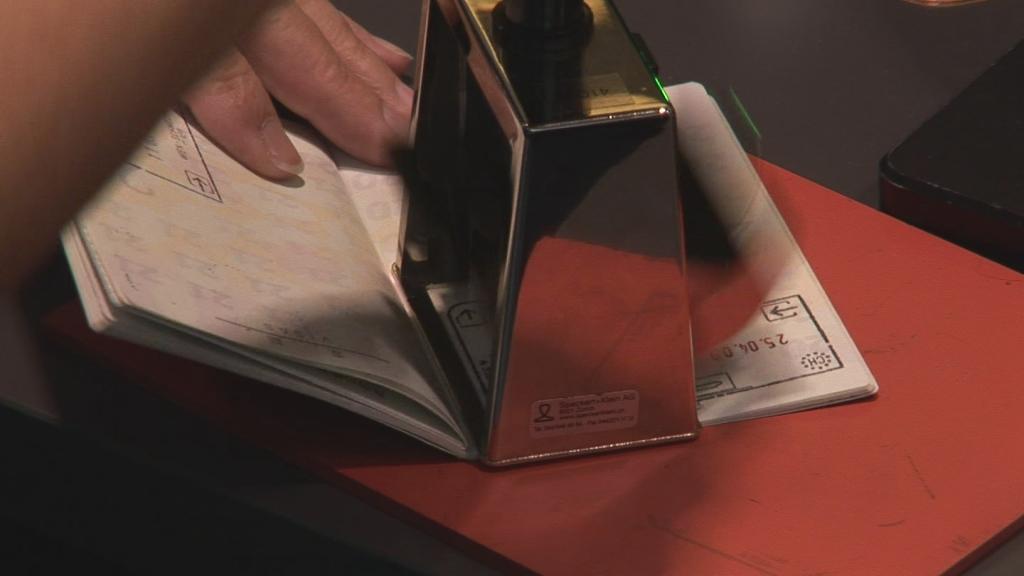
You can find an overview of ongoing debates with our journalists here. Please join us!
If you want to start a conversation about a topic raised in this article or want to report factual errors, email us at english@swissinfo.ch.